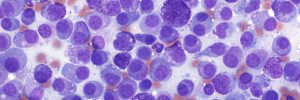Hypertensive retinopathy in a dog
A 9-year-old Greyhound with a history of chronic renal disease presented with acute, unilateral hyphaema. Repeated bouts of intraocular haemorrhage occurred and enucleation was performed following the development of secondary glaucoma.
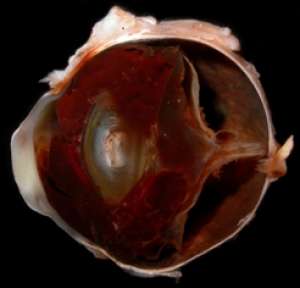
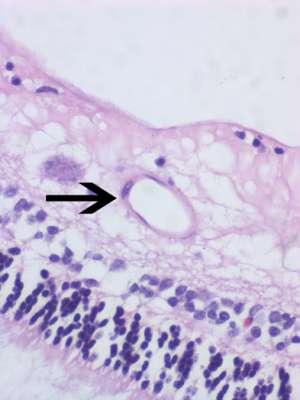
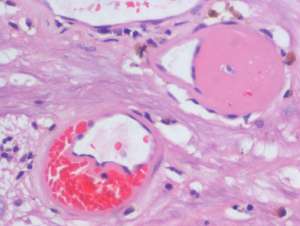
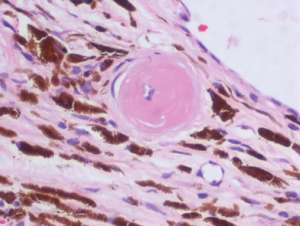
Final diagnosis
Retinal and choroidal hyalinising arteriolosclerosis associated with intraocular haemorrhage characteristic of hypertensive retinopathy
Discussion
Dogs and cats suffering from systemic hypertension may present with blindness due to hypertensive retinopathy. This condition is often associated with retinal haemorrhage, retinal detachment and hyphaema and can eventually result in glaucoma. In fact, hypertensive retinopathy is one of the leading causes of blindness in older cats.
The potential causes of systemic hypertension are numerous but chronic renal failure (CRF) is one of the most common underlying causes and at least 60% of dogs with CRF are hypertensive. A persistently elevated systolic blood pressure was confirmed in this case.
